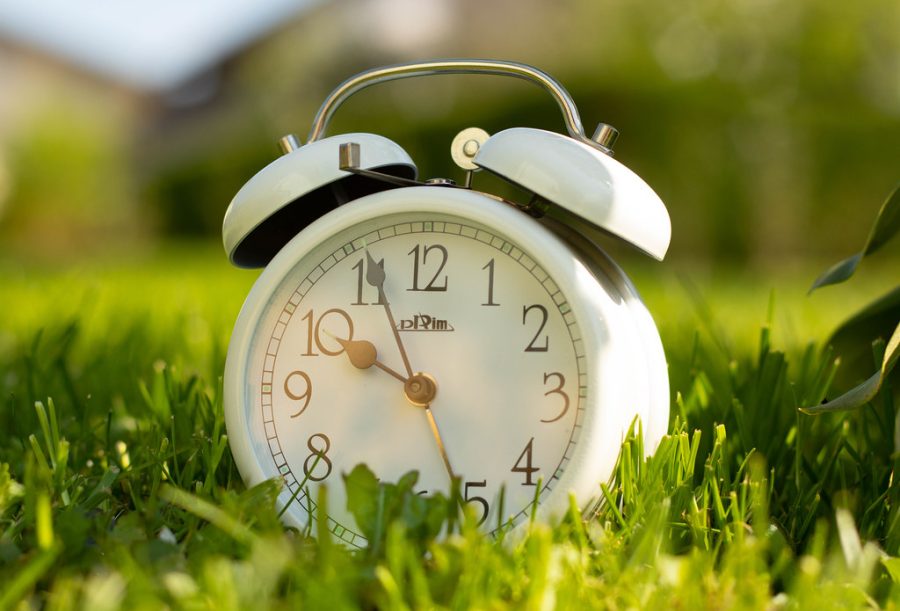Is Daylight Saving Time Coming to an End?
March 25, 2022
Did you find it especially difficult to get out of bed on the morning of Sunday, March 13th? It wasn’t your imagination. At two o’clock in the morning, the clocks sprung forward an hour, marking the start of Daylight Saving Time.
The idea of adjusting time forward by one hour has been attributed to Benjamin Franklin, who wanted to maximize the time people were awake during the increased daylight hours of the summer. However, time was first adjusted in Germany during World War One because the nation wanted to increase daylight and conserve energy. Other countries, including the United States, followed suit.
The United States eliminated the time change after the war, but in 1966, the Uniform Time Act once again created a system of annual adjustments for Daylight Saving Time. Now, the clocks are shifted forward by one hour on the second Sunday of March and are shifted back by one hour on the first Sunday in November in every state except for Arizona and Hawaii.
People who favor Daylight Saving Time say it helps save energy, but a 2006 study found that the decrease in energy caused by adjusting for Daylight Saving Time was offset by an increase in use of air conditioning, since people are awake during the warmest parts of the day.
Other benefits of Daylight Saving Time are that it reduces the frequency of car accidents and crime – it reduces the amount of time that people walk and drive in the dark. However, many doctors oppose Daylight Saving Time because it interferes with sleep.
Adjusting the clocks for Daylight Saving Time is widely unpopular among Americans. According to a 2021 poll, more than 70 % of Americans oppose the annual shift, and on March 15th, 2022, the Senate voted unanimously to end the annual clock adjustments for Daylight Saving Time.
Although most Americans do not enjoy changing their clocks each year, they are more divided on how to best go about ending the Daylight Saving Time system because multiple different options have possible health benefits. 56 % of people wanting to end Daylight Saving Time want to switch to a system in which Standard Time, or the time in place between November and March, is used throughout the year, but many others favor making Daylight Saving Time, the time currently used in March through October, permanent throughout the year.



